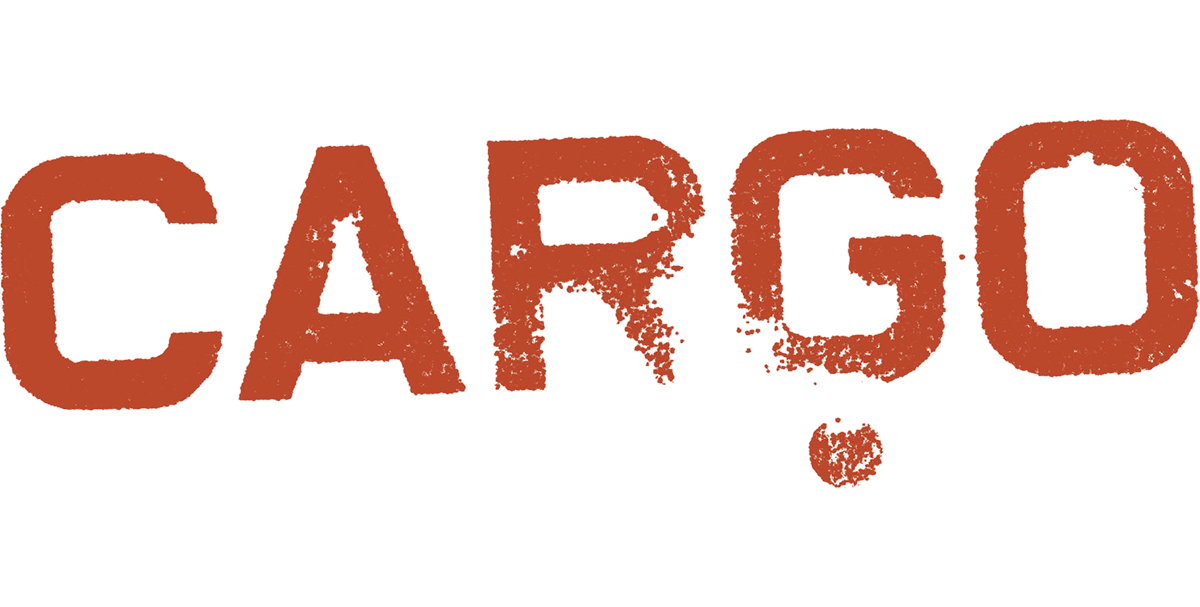Meet the Purveyor: The Cervantes Family
At Cargo, we count down the days to the Cervantes family’s thrice-yearly visits. When the family arrives, they park their heavily-laden van in front, and Fernando pulls down boxes strapped to the van’s roof while Alicia and their daughter Fátima help unload the back. (COVID has shifted the visit to shipped boxes this year.)
It’s a celebration! On a long table at the store’s rear, we unpack boxes of Mexican folk art. Each box is a riot of color and craft. We unwrap pierced-tin nichos, festival-hued papel picado, and red and blue wooden boxes with scenes of skeletons doing everything from giving tattoos to teaching math.
Fátima says she and her mother spend a week in Mexico four times a year to visit workshops and buy folk art. “We always keep an eye out for special things for Cargo. We look for the whimsical, things that are fun and different. And we always look for vintage.”
After each scouting trip, Fernando and son Pablo drive to Mexico to pick up the goods (this year, they had to be shipped, due to the pandemic). About 80 percent of the art comes from the Cervantes’ home state of Oaxaca, where the tradition of celebrating Day of the Dead is strong. Besides shopping for Cargo, the Cervantes sell Mexican folk art and apparel in their shop D’Colores in Manitou Springs, Colorado.
The Cervantes have been working with the same craftspeople for as long as 25 years. Fátima is quick to name a few, starting with Martin Melchoir in Oaxaca, who sculpts copal wood into figures such as dogs and cats on a tricycle, using only hand tools. “He’s amazing,” she says, noting that the Melchoirs are like family now. “There’s a big love between us.”
Jaime Chavez, a metalworker in San Miguel Allende, crafts the tin nichos and sacred hearts we carry, piercing the elaborate pinwork by hand. He has no employees and does all the work himself from the second story of his house.
Enrique and Hortensia Muñoz fashion the super popular cahitas—the small wooden picture boxes featuring skeletons going about daily life. “They’re the best at what they do,” Fátima says. Everyone in the sizable Muñoz family takes some role in creating or selling the cahitas, and they work out of their garage while Coffee, their Chihuahua, leaps at their feet.
Interest in the Day of the Dead has been growing, Fátima says. Her family celebrates by decorating a three-tiered table with a white tablecloth, fresh marigolds, sugar skulls, and dried statice flowers. They set out the Lady of Guadeloupe as a centerpiece, and add a dish of water to satisfy the thirst of the spirits who have traveled so far to visit. Offerings include mole, churros, and chiclets for her grandfather. On November 1, they set out toys for the “angels” (children) and for pets. The next day, when adults are honored, the toys are swapped out for liquor and coffee. The Cervantes have an elaborate pan de muerto sent from Santa Monica to celebrate.
We’re celebrating Day of the Dead at Cargo, too, not just with the amazing folk art the Cervantes family has brought us, but with a large altar for offrenda. Because of the pandemic, we’ve installed the altar outdoors, just to the right of our front doors. Please come visit!








